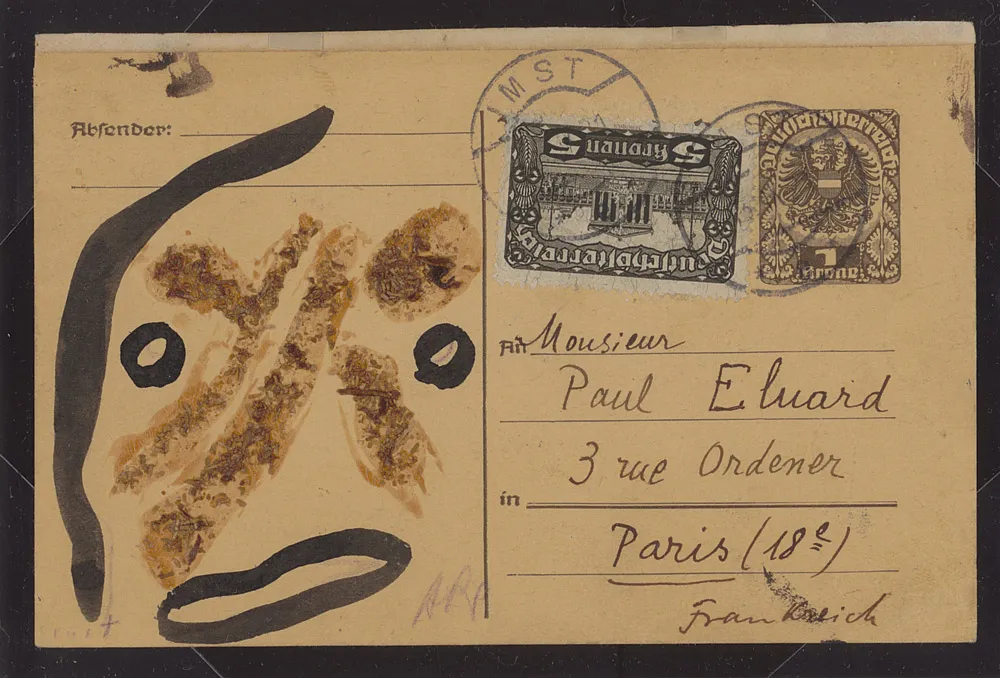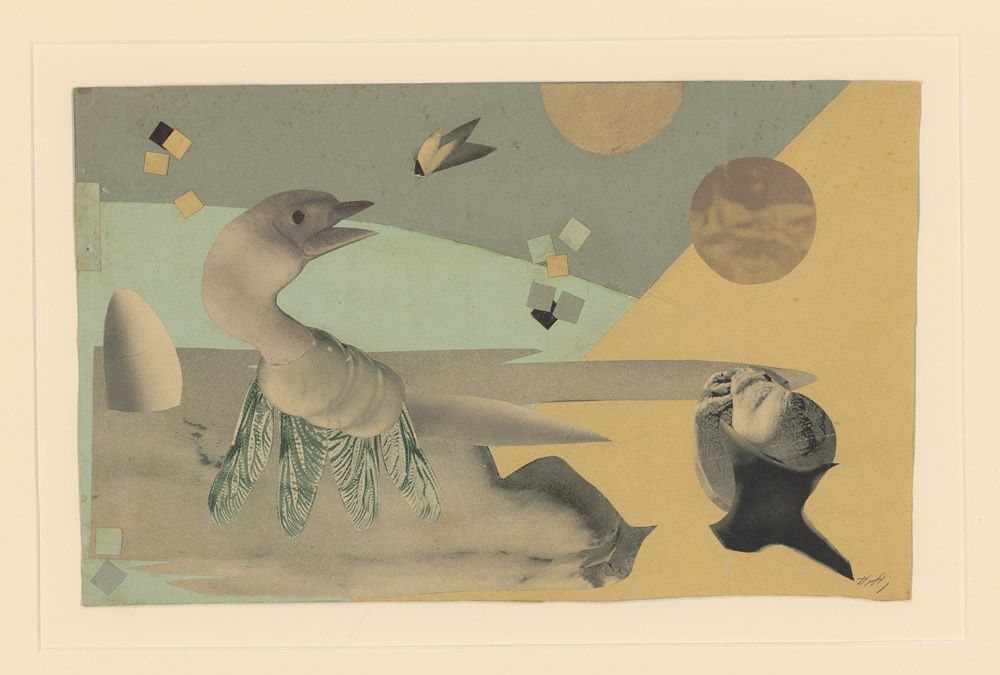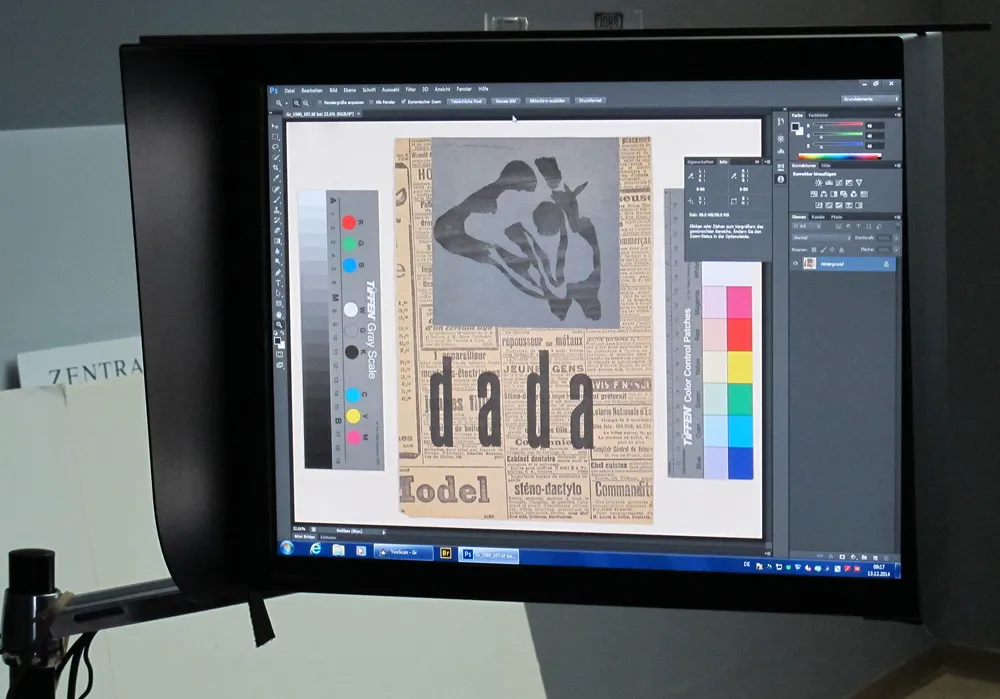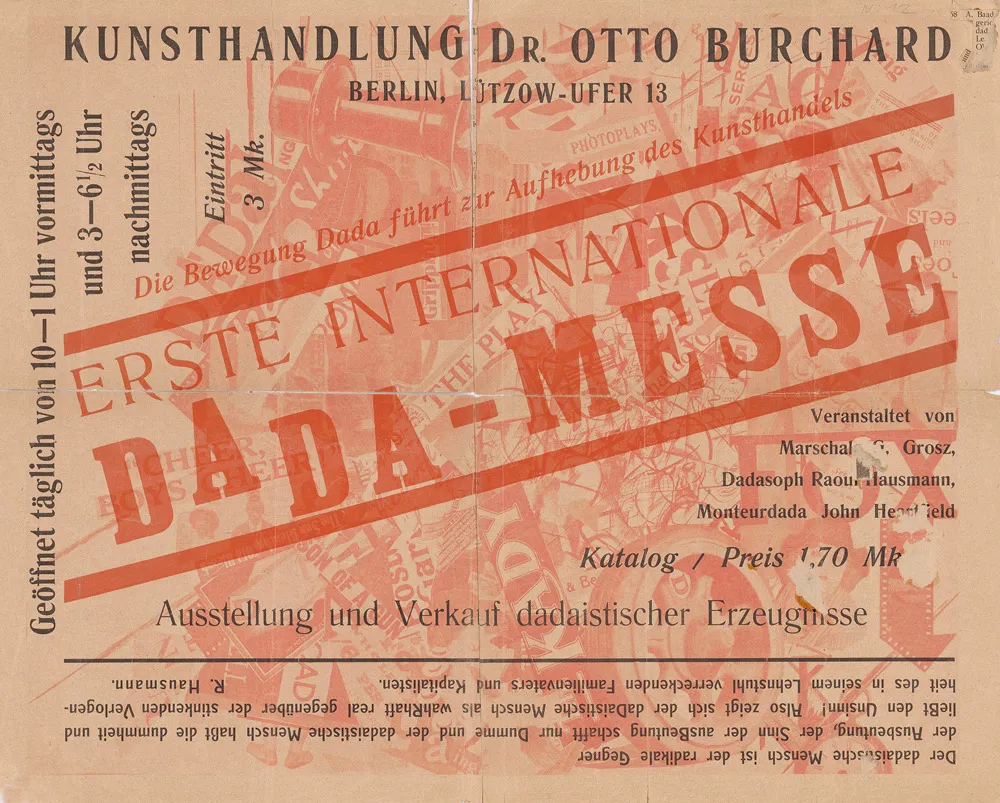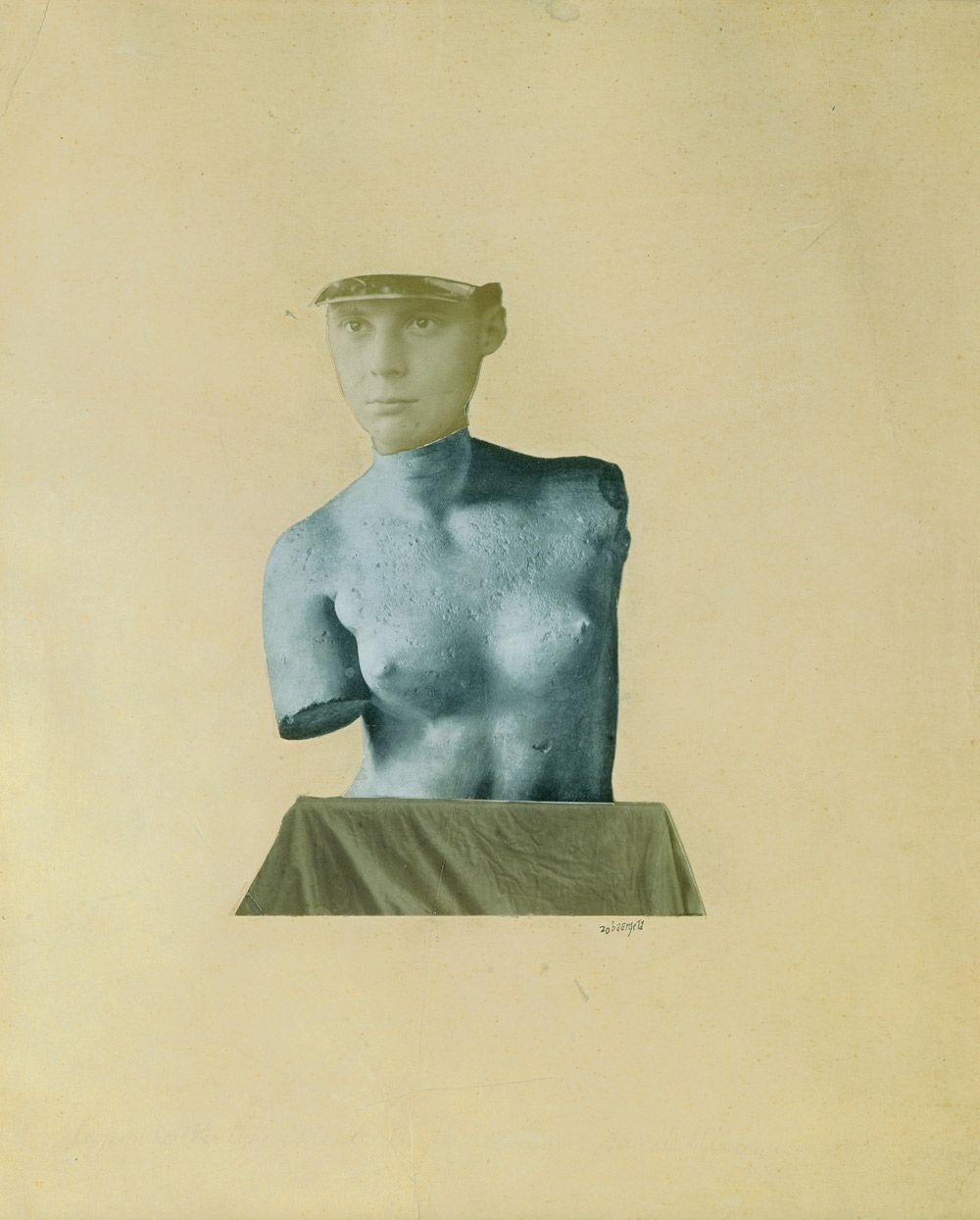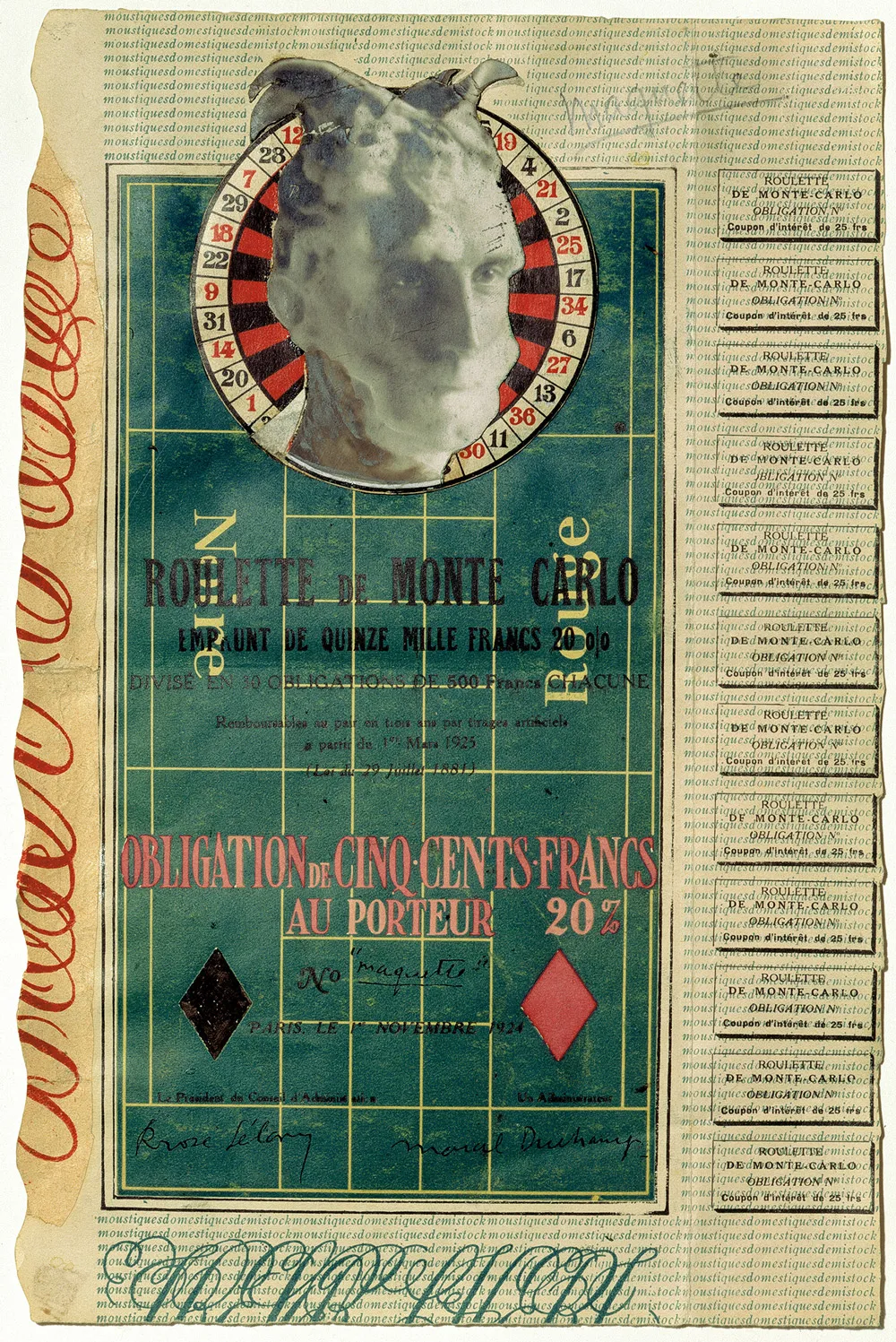One of the World’s Largest Dada Collections Can Now Be Viewed Online
The freewheeling art movement didn’t lend itself to posterity
The Kunsthaus Zürich in Switzerland is home to one of the largest and most comprehensive collections of Dada art in the world. With only original works, it’s also become a go-to for museums and galleries hoping to show off iconic and iconoclastic art pieces from the period. However, the decades have taken their toll on many of the original paintings, drawings and collages in the collection, Alyssa Buffenstein reports for artnet News.
Now, in order to help preserve Dada's lasting legacy, the museum has painstakingly digitized more than 400 artworks—and they’re all available to view online.
For those less familiar with the art movement, in his 1916 Dada Manifesto, the artist Hugo Ball called Dada “just a word, and the word a movement. Very easy to understand. Quite terribly simple.” But Dada’s simplicity is up for debate, considering that the absurdist movement was by nature hard to pin down.
One of Dada’s lasting legacies in the art world is the concept of the “readymade”—an art piece made using commercial, mass-produced materials. While some of these, like Marcel Duchamp’s iconic Fountain (an overturned urinal signed with the pseudonym “R.Mutt”) and Raoul Hausmann’s Mechanical Head (a wooden sculpture with a variety of knick-knacks and objects attached), were made with materials that could stand the test of time, others relied on cheap paper, inks, and other objects. While these materials allowed for all kinds of experimentation, it caused all sorts of headaches for conservators.
“Because paper was often of very poor quality in the early 20th century, and especially during the First World War, many of the originals are in fragile condition,” the museum writes on its website. “For this reason, restrictions have to be placed on their use. In some critical cases, these irreplaceable objects cannot withstand any further wear.”
To be fair, many Dadaists may have considered the eventual degradation of their works to be part of their pieces. The movement was born out of the chaos and social upheaval of post-World War I Europe and often highlighted the absurd and fleeting features of modern society. But that doesn’t mean that it’s not worth trying to preserve the pieces that have survived the decades.
In order to preserve their collection online, the Kunsthaus Zürich teamed up with the Zentralbibliothek Zürich’s Digitization Center to conduct complete and detailed scans of all of the vulnerable materials. That meant not just scanning the covers and title pages, but the spines and all interior pages of the books—all while preventing further damage to these century-old objects, Buffenstein reports. The result of the project is an archive of high-resolution images that capture 400 of these works at this moment in time to allow anyone to peruse these pieces and experience the off-kilter experience of Dada for themselves.
